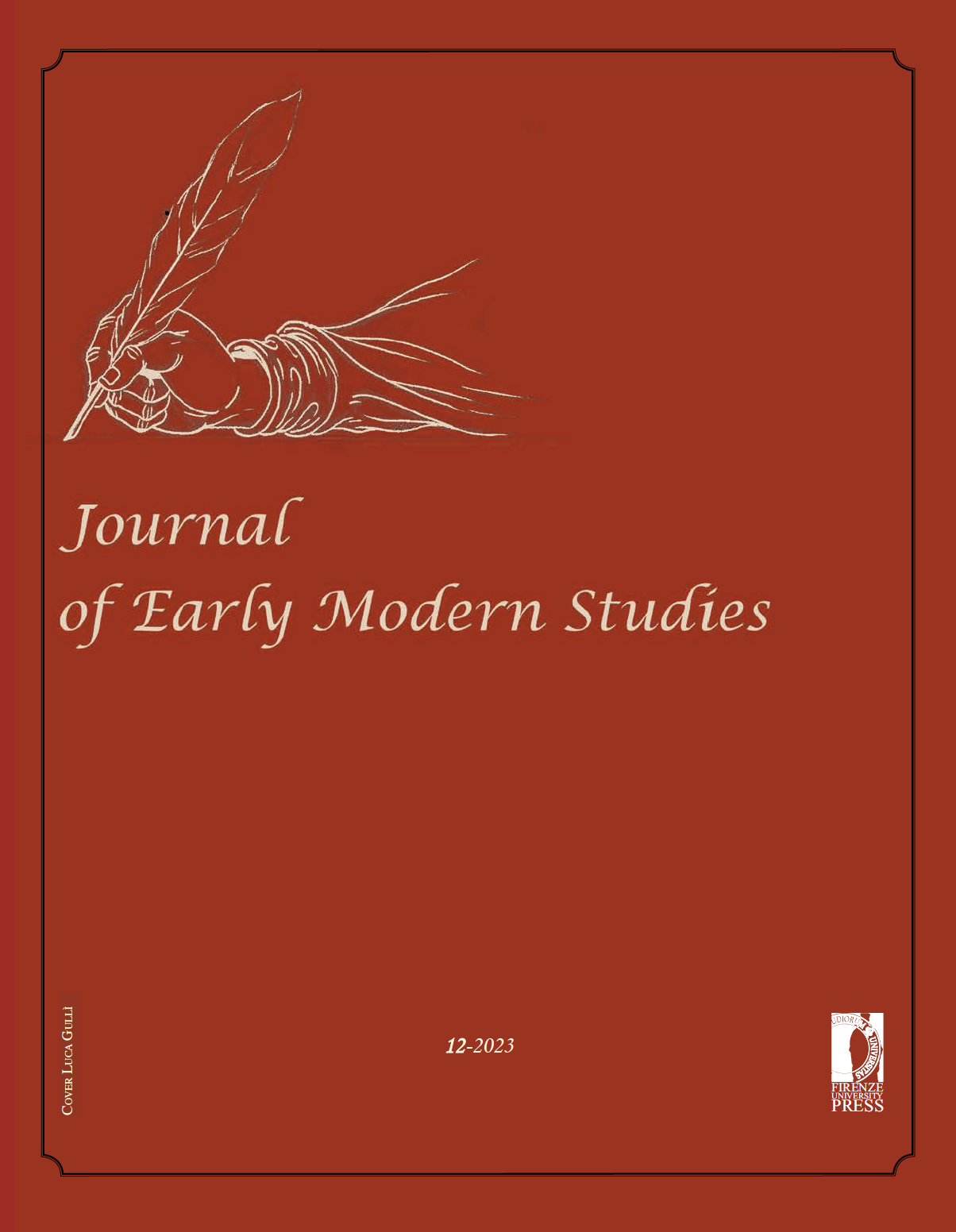The American De coelo: Heaven and Earth in the New World’s First Printed Work on Natural Philosophy
Published 2023-03-19
Keywords
- American Cosmography,
- Alonso de la Vera Cruz,
- New World Geography,
- Ibero-American Science,
- Commentaries on De caelo
How to Cite
Copyright (c) 2023 Edgar Omar Rodríguez Camarena

This work is licensed under a Creative Commons Attribution 4.0 International License.
Abstract
The article analyses Alonso de la Vera Cruz’s ideas on cosmography, including both celestial and geographical conceptions, displayed in De coelo from his Physica speculatio (1557). This book introduced in New Spain the hegemonic natural knowledge of the time as well as alternative ideas. At the same time, living for years in the New World, de la Vera Cruz drew on his own experience when discussing the qualities of the Americas and their inhabitants. Unlike the imperial cosmography of the time, he valued not only the natural qualities of those lands but also their inhabitants, which had important social implications. We argue that De la Vera Cruz reinterpreted European notions to adapt them to the Americas and, at the same time, developed a local perspective that transferred the idea of centrality from Europe to the New World. In doing so, he had to mediate with both local and transatlantic interests and visions. Reissued three more times in Salamanca since the 1569 edition, the Physica speculatio included references to the coasts of the American continent, which constitutes an exception to the secret nature of this kind of cosmographical information in the Ibero-American world.

